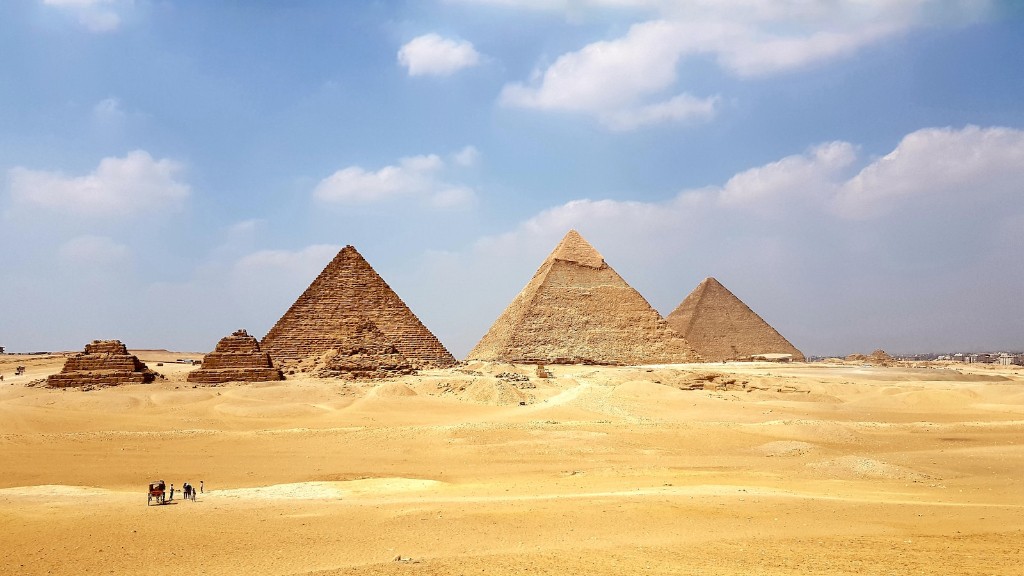Ancient Rome Government: A Comprehensive Analysis
Ancient Rome, one of the greatest civilizations in human history, lasted for over a thousand years. Throughout its existence, the Roman government underwent significant phases and transformations. This article aims to shed light on the distinctive features, structures, and functioning of the ancient Roman government.
The Early Republic
When the Roman Republic emerged in 509 BCE, it marked a fundamental shift from monarchy to democracy. The government consisted of two main components: the Senate and the popular assemblies. The Senate was composed of elite members who advised and counseled on matters of state. On the other hand, the popular assemblies represented the common citizens by voting on important decisions like declaring war or passing laws.
The Power of Consuls
The highest magistrates in the Roman Republic were the two annually elected consuls. They possessed executive power and were responsible for leading the military, maintaining order, and executing laws. In times of crisis, a temporary office known as the dictatorship could be established to concentrate power in a single individual, usually for a limited period.
The Roman Senate
The Senate played a central role in the Roman government, serving as an influential advisory body. It consisted of around 300 members, mainly from aristocratic families. Senators enjoyed significant privileges and held lifetime positions. Their primary responsibilities included proposing laws, offering advice to the consuls, and managing foreign relations.
Popular Assemblies
The popular assemblies were essential in the Roman political system. They represented different segments of the population and played a crucial role in decision-making processes. The assemblies had the power to elect magistrates, pass laws, and make crucial policy decisions that directly affected citizens’ lives.
Magistrates and Bureaucracy
The Roman government had a complex administrative system composed of magistrates and various governmental departments. Magistrates were elected officials who held temporary positions with specific responsibilities, such as praetors overseeing the legal system and censors conducting population censuses. These officials were critical for the smooth functioning of the Roman state.
Expansion and Imperial Government
As Rome expanded its territory, its government faced challenges in governance and administration. The Roman Republic eventually transformed into a centralized empire under the rule of emperors. The shift from a republican government to an imperial one marked a significant change in power dynamics and governance structures.
Emperors and Autocracy
Under the emperors, Rome gradually transitioned from a system of shared power to autocracy. Emperors held supreme authority, and their decisions were final. While the Senate retained some advisory functions, it lost its political power. The emperors controlled the military, appointed officials, and governed the provinces.
Conclusion
In conclusion, the government of ancient Rome evolved and adapted throughout its long history. From the early republican system with its focus on popular assemblies and the Senate to the centralized imperial government under the emperors, Rome’s governance structures displayed remarkable complexity and flexibility. The Roman government played a crucial role in shaping not only Roman society but also the political and administrative systems of subsequent civilizations.


